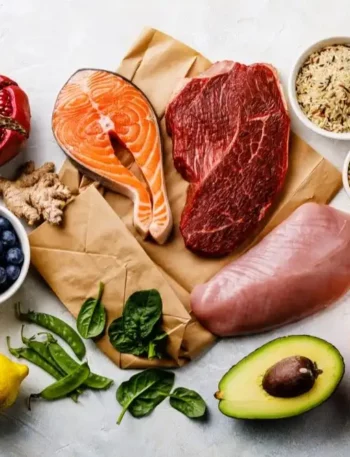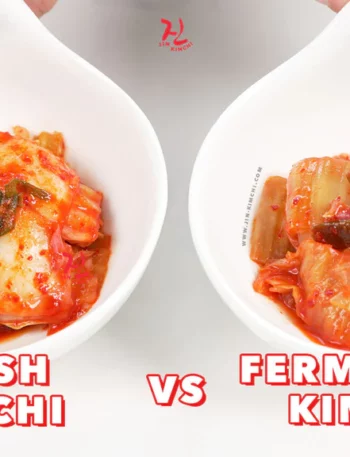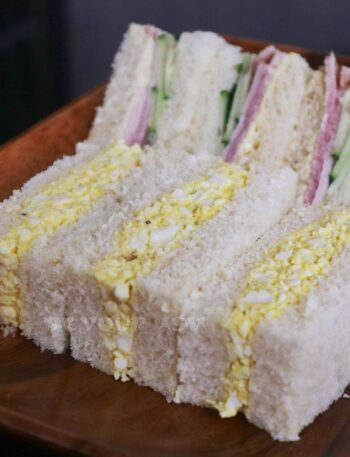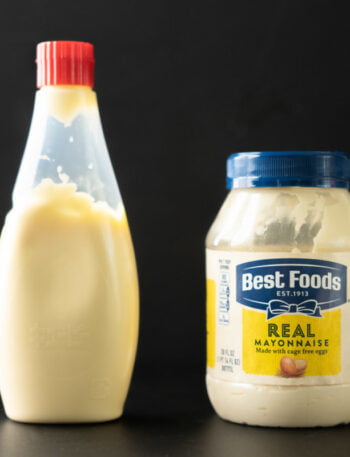
Imagine you’re at a fancy dinner, the kind with candlelight and linen napkins, and the chef announces the highlight of the evening — a dish finished with a delicate sprinkle of ash.
Your eyebrow shoots up. Ash? Like, from a campfire? Before you can start picturing charred marshmallows, the plate arrives, and suddenly, you’re a believer.
This isn’t just about aesthetics.
Adding ash to food has been quietly trending among culinary elites, and it might just work its way into your own kitchen.
Ash in Food? Isn’t That… Burnt?
I get it.
When I first heard about cooking with ash, my brain went straight to burnt toast. But here’s the thing: ash isn’t just charred remains. In the culinary world, it’s a sophisticated ingredient that adds depth, a touch of mystery, and a whisper of smoke to dishes.
Derived from burned herbs, vegetables, or even wood, edible ash is crafted with intention — not scraped off the bottom of your barbecue grill.
Think of ash as the culinary equivalent of adding a dramatic pause to a speech. It’s subtle, but it leaves an impression. Plus, it carries a unique combination of smoky, earthy flavors that instantly elevate a dish.
A Chef’s Secret Weapon
Here’s a little secret: chefs have been using ash in haute cuisine for years.
Ever heard of a fancy goat cheese wrapped in ash? It’s a classic example! Ash has a long history in preserving and flavoring, especially in European and Middle Eastern traditions.
And now, it’s making a comeback in modern kitchens, from Michelin-starred restaurants to street-food joints.
The ash trend isn’t just about taste — it’s about texture, contrast, and presentation. A sprinkle of ash on a creamy soup or a golden croissant creates a visual drama that screams, “Take a picture of me!” It’s like makeup for your food, but way tastier.
Why It Works (and Why You’ll Love It)
Adding ash might sound edgy, but it’s surprisingly versatile. Imagine the way a tiny dash of smoked paprika can transform a boring roasted chicken into a smoky masterpiece. Ash works the same way, but with a deeper, more refined flavor.
Beyond taste, ash also has functional benefits.
Some types of ash (like those made from hardwoods) are alkaline, meaning they can balance acidic ingredients. Ever feel like your tomato sauce is a bit too sharp? A touch of ash could mellow it out like a charm.
And let’s not forget the health crowd. Ash from certain organic sources contains trace minerals like potassium and calcium. While I wouldn’t call it a superfood just yet, it’s nice to know you’re not just sprinkling soot for fun.
My First Bite of Ash-Covered Magic
Let me take you back to a quiet evening in Bali (yes, I’m from Indonesia — ash has been used here for ages, though usually as fertilizer). I was sitting at this gorgeous beachfront restaurant when the chef brought out grilled fish dusted with — you guessed it — ash.
I was skeptical.
Who wouldn’t be? But one bite, and I was hooked. The ash gave the fish this beautiful smoky edge, like the faint aroma of a campfire after the rain. It didn’t overpower; it enhanced. That meal didn’t just satisfy my hunger — it made me curious.
Ready to Try It?
You don’t need to torch your herb garden to jump on this trend. Many specialty stores now sell food-safe ash, often made from herbs like thyme or rosemary. Start with a sprinkle on soft cheeses, roasted veggies, or even desserts like ice cream (trust me, smoky vanilla is a thing of beauty).
Feeling adventurous? Make your own! Burn herbs or vegetables on a dry pan until they’re fully charred, then grind the remains into a fine powder. Just ensure what you’re burning is food-safe — no treated wood or random garden scraps!
At its core, this isn’t just about flavor. Adding ash to your dishes is a nod to ancient culinary traditions, a way to connect with nature, and, let’s face it, a pretty cool party trick. It’s proof that food is more than sustenance — it’s an experience, a memory, a conversation starter.









